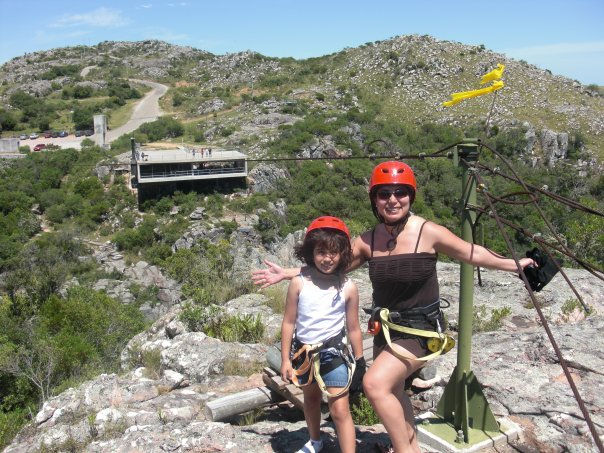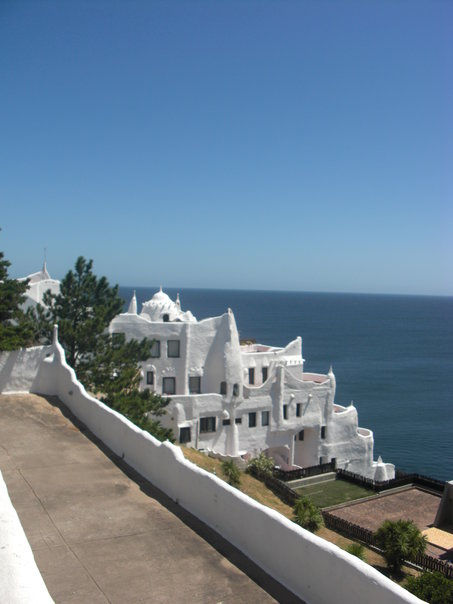My Lasting Impression of Montevideo
- Eva Telesca
- Feb 10, 2024
- 3 min read

I remember the feeling of what it was like to fly. I was eight years old when I zip lined from mountain to mountain in Montevideo, Uruguay. At the time, my 20/20 vision, which I no longer hold without the help of my glasses, allowed me to spot the edge of the Earth’s skyline and its miles of natural forests and neighboring rivers. Uruguay is the native home of my father and, by the end of my trip, became a place of wonder and belonging to me. The streets were filled with people who carried around their yerba mates and market vendors who released delicious smells of barbecued meat from their tents.

The capital of Uruguay, and today the largest city with about 1.5 million people (roughly half of its total population of 3.5 million), Montevideo is home to the la Plaza de Independencia. My younger self loved looking at the ginormous buildings that towered over me. In particular, the Palacio Salvo stood out from the rest—I later found out it had at one point been the tallest building in all of Latin America. Not too far away was La Casapueblo, done by architect Carlos Páez Vilaró. When my mom and I visited, the sea breeze and bright sun glinting off of the white infrastructure made it hard to see without squinting. The sun-bleached, clay-like buildings reminded me of the homes in Santorini located on the Aegean sea. We had also visited La Mano de Punta del Este, a public sculpture of five fingers the size of boulders that protruded from the Brava beach sand.

At the time, I didn’t know about the country’s haunted history of the extermination of the indigenous Guarani people and how their land had been seized by several Empires, including the Portuguese, Spanish, and British, along with being occupied by its nearby countries Argentina and Brazil. I was never taught in school about the history of South American countries, let alone Uruguay’s. As a kid, I’d tell my friends about my mom’s native country (Ecuador) and my father’s, but no one seemed to know where these countries were even located nor that they existed. I only learned about the history of the U.S. and its struggles to uphold democracy and egalitarianism for its people. I struggled to understand how the descendants of Europeans living in this country were called American when it excluded Central and South America. This duality in my identity—that is, of being ironically an American born from South American parents—bothered me.
Today, I am taking courses about the politics and history of Latin America. I think back to my time in Uruguay as a little girl and wonder how I would’ve perceived my experience differently had I known the things that I know now. I am proud of who I’ve become, a young and proud queer, hispanic woman. Thinking about where I can safely live in my future, I’ve recently been considering returning to Uruguay to live there because it is one of the most progressive cities in Latin America in terms of LGBTQ+ rights. I appreciate the strong culture that uses an innovative form of the Spanish language, their innovative take on Italian cuisine and moral use of animals as food, and the open-minded nature of the community. It, of course, has its own flaws—it operates within a racial hierarchy, but this is a similarity with the US, not a unique issue. This trip, 14 years in the past, has made a significant impact on my life and continues to influence how I picture my future.


Comments